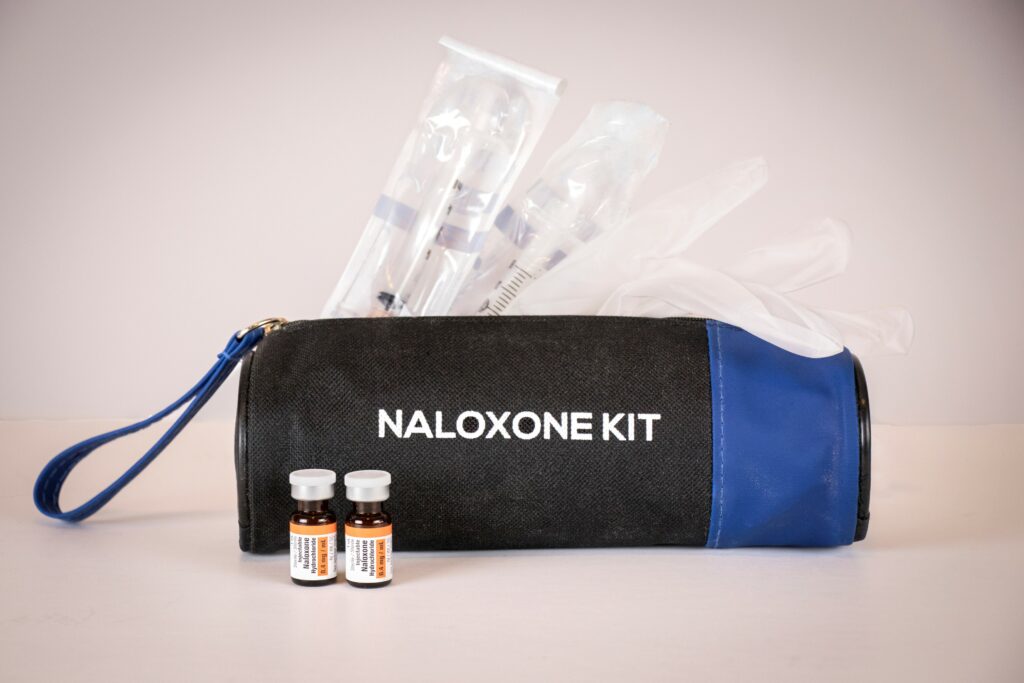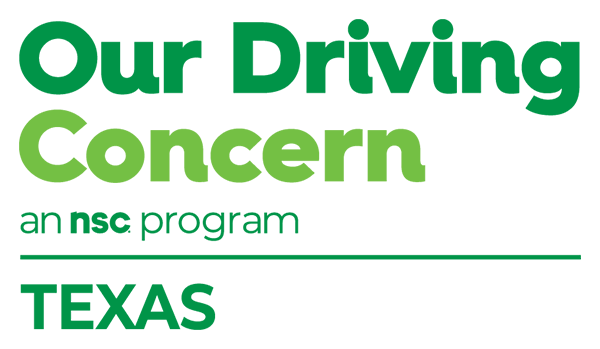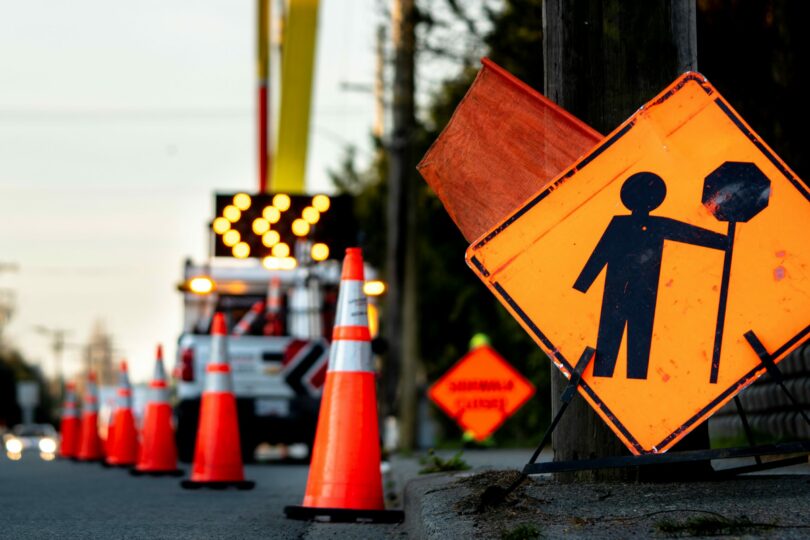Work Zone Safety Tips
In a survey conducted by the Association of General Contractors of America and HCSS Software Solutions, 58% of respondents said they are at greater risk now of highway work zone crashes compared to one year ago. You can address the “why” as you work to build your culture of road safety during the summer construction period.
Survey participants cited three primary factors for their heightened levels of anxiety in work zones:
- Distraction from phones (81%)
- Speeding (71%)
- Heavy traffic (62%)
Share the complete results at your location: 2022 Work Zone Survey National Results.
When roads are under construction, drivers often are required to shift lanes and navigate on uneven pavement surfaces. One collision can turn into a chain-reaction event when drivers fail to slow down or are following other vehicles too closely. Risks increase during inclement weather and at night because of reduced visibility.
Take steps to raise awareness of safety issues:
- Driver behavior micro-learning: Get your team started with interactive lessons that are fully compatible with mobile devices, including one focusing on distracted driving.
- What conditions can make work zones hazardous? Download this free resource and lead a safety talk during your next team meeting.
- Print and display this vintage poster from the National Safety Council: Sudden Stops Cause Rear-End Collisions.
- Use our free safety coach cards to create engagement. Download the full deck, focus on a single topic, or mix them up for a Jeopardy-style quiz game.
In Texas, drivers and their passengers accounted for the majority of deaths in work zone crashes last year, according to the Texas Department of Transportation.
- 195 motorists and vehicle passengers were killed
- 38 pedestrians, four bicyclists and three roadside construction workers were killed
These aren’t just statistics. Think about the impact every preventable death has on that person’s coworkers, loved ones and friends. Get free resources from TxDOT and work to prevent more tragedies:
- Info Card: Hey, I Don’t Speed in Your Workplace (English and Spanish)
- Poster: It’s a Work Zone, Not a Racetrack
- Video: Stay Work Zone Aware
You don’t need survey results to know this: The “why” behind safety has the potential to go far beyond work. It has the power to change lives.

Be Ready to Respond
Do you know how to recognize the signs and symptoms of opioid use and misuse? Do you know what to do in the event of an overdose emergency? What about others on your safety team?
Join us for free online training Tuesday, July 19 (10-10:30 a.m.): Opioids and the Continuing Epidemic. Click here to reserve your virtual seat at the table.
Program Manager Mike Ezzell will discuss current trends in natural and synthetic opioids, including risks associated with fentanyl-laced counterfeit pills. Learn how to use Narcan in emergency-response situations with a free first aid reference guide from National Safety Council. Narcan, commonly known as Naloxone, is a prescription nasal spray used to reverse opioid overdose and treat breathing problems.
Download the NSC first aid app for your mobile device:
In the U.S., more than 100,000 people died from overdoses last year, according to provisional estimates from the Centers for Disease Control and Prevention. Impairment is a safety issue on the road and on the job. In Texas, overdose deaths increased by nearly 20% from December 2020 to December 2021, as depicted in this CDC Vital Statistics map (Figure 1b).
The July 19 session will help prepare you to provide first aid in an emergency. You also can use free resources from the National Safety Council to address impairment in other ways:
- Get the free Opioids at Work Employer Toolkit
- Order free Warn-Me Labels
- Learn how substance use impacts your workforce with this free cost calculator
Finally, share this one-minute video. You might save a life: Can You Spot an Opioid Overdose?

